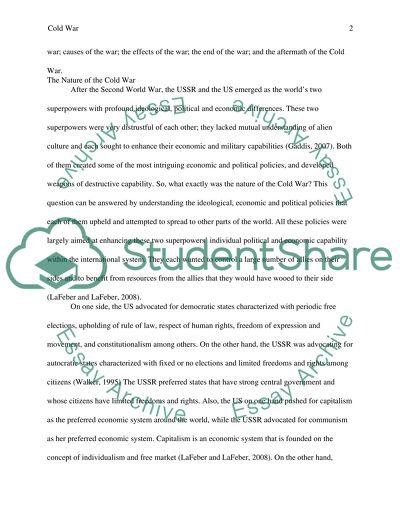Cite this document
(“Cold War Coursework Example | Topics and Well Written Essays - 1500 words”, n.d.)
Retrieved from https://studentshare.org/history/1489742-cold-war
Retrieved from https://studentshare.org/history/1489742-cold-war
(Cold War Coursework Example | Topics and Well Written Essays - 1500 Words)
https://studentshare.org/history/1489742-cold-war.
https://studentshare.org/history/1489742-cold-war.
“Cold War Coursework Example | Topics and Well Written Essays - 1500 Words”, n.d. https://studentshare.org/history/1489742-cold-war.


